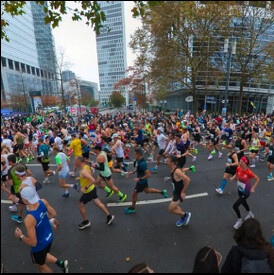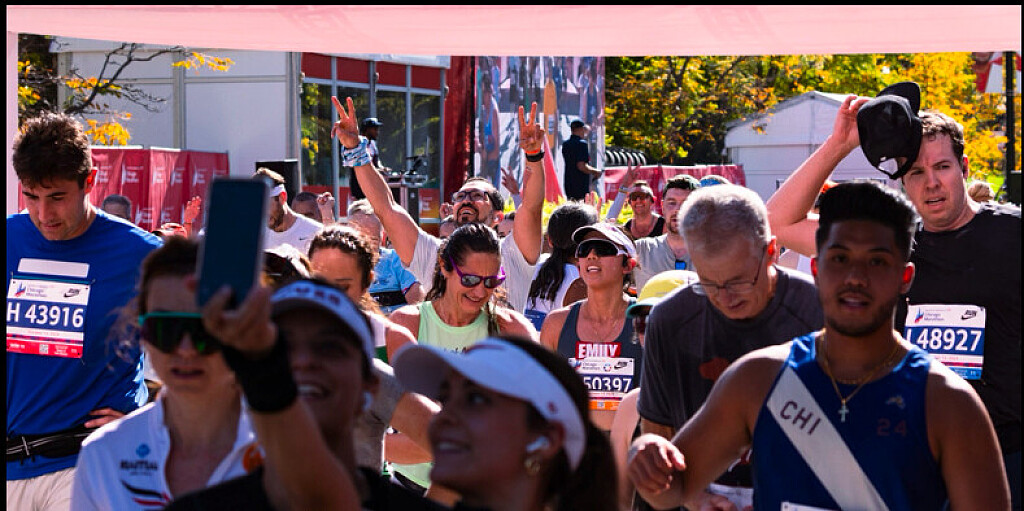Running News Daily
Running News Daily is edited by Bob Anderson in Los Altos California USA and team in Thika Kenya, La Piedad Mexico, Bend Oregon, Chandler Arizona and Monforte da Beira Portugal. Send your news items to bob@mybestruns.com Advertising opportunities available. Train the Kenyan Way at KATA Kenya. (Kenyan Athletics Training Academy) in Thika Kenya. KATA Portugal at Anderson Manor Retreat in central portugal. Learn more about Bob Anderson, MBR publisher and KATA director/owner, take a look at A Long Run the movie covering Bob's 50 race challenge.
Index to Daily Posts · Sign Up For Updates · Run The World Feed
Congrats, You Just Finished a Marathon! Here’s How Long to Rest and When to Return to Running
You deserve a break!It’s easy to forget when you’re in the midst of thousands of other runners, that no matter your pace or overall time, when you cross the finish line of a marathon, you just accomplished a monumental goal! A mere 0.13 percent of the U.S. population has conquered 26.2 miles, according to a 2023 report.
So first of all, you deserve (and need!) some rest time. Feel free to kick your legs up on the coach and relax for a few days, even weeks. How to Determine How Long to Rest After a Marathon

Exactly when you return to running after a marathon depends on how the race went (and your effort during it) and how you feel. Some experts recommend one day of recovery time for every mile raced—so 26 days of rest for marathoners. And some even recommend one day of rest for each kilometer raced, which would mean 42 days of recovery.
Don’t panic, though! The good news is that “rest” does not have to mean no running at all (though it can). It just means taking a break from high-intensity training like speed work or other races for about two to three weeks.
Remember, running a race at a sub-maximal effort is different than racing it at a high effort. But either way, there’s no exact formula to follow for recovery after a marathon, so the best guide is really tuning in and listening to your body.
At a minimum, take three to seven days completely off from running after a marathon. Sleep in, eat, and enjoy your accomplishment. After that, begin an active recovery program. Active recovery includes light exercise and can include some running, ifYou could also monitor your resting heart rate (RHR) for an objective assessment of your recovery process or your heart rate variability (HRV), which many fitness trackers take into account when determining your “readiness” to exercise. When your heart returns to its normal pre-marathon resting heart rate, and/or your HRV stabilizes, you are ready to begin running again.
What to Do to Recover Before You Get Back to Running
Walking, riding a bike, stretching, or swimming for 30 to 60 minutes at low intensity will promote circulation and assist your recovery. Massage therapy and foam rolling can also help relieve muscle soreness and assist recovery by increasing the body’s circulation.
Avoid a hot bath or the hot tub for 48 hours after the race. Cool water baths with some ice can help minimize soft tissue inflammation, though, during the first 48 hours postrace.
To make it more bearable, fill the tub with water and hop in. Then, slowly add ice to the water to minimize the cold shock factor. You can wear a sweatshirt and sip on a hot drink while you cool down your legs.
After your ice bath, plan on lying down with your feet elevated
(11/02/2024) Views: 217 ⚡AMP



